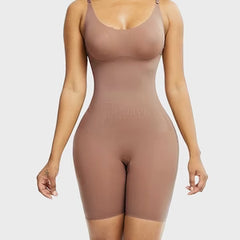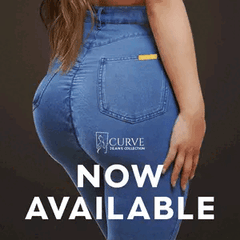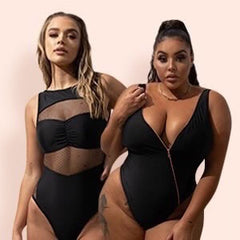What To Look For To Ensure a Good Waist Training Experience - A Guide
The Ultimate Beginner's Guide to Waist Trainers
You’ve heard the success stories. You’ve seen the Kardashians slaying in them. Maybe you’ve read about corsets being reinvented into modern-day shapewear — evolved to fit our fast-paced, comfort-demanding lifestyles.
Now, you’re finally ready to try a waist trainer for yourself.
But let’s be honest diving into this world as a beginner can be overwhelming. Every brand promises miracles, and every influencer swears by their favorite. It’s easy to end up buying the wrong size, wrong style, or simply something uncomfortable that collects dust in your drawer.
This guide is here to change that. We’ve taken four years of firsthand experience — trial, error, and triumph and condensed it into one helpful, honest walkthrough.
What to Look for in a Waist Trainer (And Why It Matters)
1. Multiple Rows of Hooks (So You Can Grow Into It — Or Shrink Into It!)
A great waist trainer will come with at least 2–3 rows of hooks across the front. This matters more than you think. Here’s why:
- As your waist starts to slim down, you’ll need to tighten the compression to maintain results.
- Multiple rows mean you won’t need a new waist trainer every few weeks — your current one adapts with you.
- It also offers more room to find your perfect fit from the beginning — especially helpful if you're postpartum or fluctuating in size.

Browse waist trainers with multiple hook rows here
2. Hook Size & Durability (They Shouldn’t Snap or Twist!)
Not all hooks are made equal. Thin or flimsy hooks can pop open, bend, or break with movement. You want sturdy, spaced metal hooks — ideally 16 rows down — that stay in place.
The CurveSculpting® Waist Trainer, for example, uses silver steel hooks designed to stay secure even with daily wear.

3. Fabric Quality & Comfort (Because You’ll Be Wearing It A LOT)
A waist trainer isn’t supposed to suffocate you. Comfort = commitment.
- Cotton inner lining: breathable and gentle on skin.
- Latex exterior: firm compression and shape retention.
- Flexible boning: gives shape without digging into ribs.
If you can’t breathe while sitting or walking in it, it’s not the right fit.
"Can I walk around, bend down, and sit comfortably in this for 6–8 hours without feeling pinched or dizzy?"
If not, don’t force it. Try the next size up or consider a lighter compression option.
4. Cleaning & Hygiene — Don’t Let Sweat Ruin It!
Sweat buildup is real — especially during workouts or in warmer climates. Here’s how to protect both your skin and your waist trainer:
- Hand-wash only with cold water and gentle detergent.
- Never machine wash or tumble dry — it damages the structure and elasticity.
- Use a barrier layer (like a cotton tank or tee) underneath to reduce sweat contact.
Skin irritation is often caused by wearing unwashed waist trainers. Keeping it clean helps avoid breakouts and rashes.
Click here to see our care guide + cleaning accessories

Real-Life Function: Is It Just for Looks?
A good waist trainer supports your posture, sculpts your midsection, and can even enhance the results of your workouts.
Many moms love it for postpartum recovery. It adds gentle compression, encourages muscle memory, and helps you feel more supported in your core as your body heals.
Some customers also use it for bedroom confidence — it creates a snatched look instantly.
Quick Tips Every Beginner Should Know
- Measure before you buy — always check a brand's sizing chart and use a tape measure around your natural waist (usually the narrowest point above your belly button).
- If you’re under 5’2" or over 5’8", look for waist trainers tailored for your torso length. (CurveSculpting® offers both!)
- Don’t wear it while eating or sleeping. Give your waist time to rest. 6–8 hours/day is plenty.
- Don’t toss the label too quickly. Try it on first in case you need an exchange.
- Higher price = longer wear. If it’s slightly more expensive but better made, it's usually worth the upgrade.

Final Thoughts: What’s Next?
If you’ve made it this far — congrats! You’re already better informed than 90% of first-time waist trainer buyers.
You now know what makes a quality trainer, what red flags to avoid, and how to wear one safely and effectively.
Ready to shop?
Shop CurveSculpting® Waist Trainers
Need help choosing the right one? Chat with our friendly support team here. We’ve got you.





 Our Story
Our Story Blogs
Blogs
0 comments